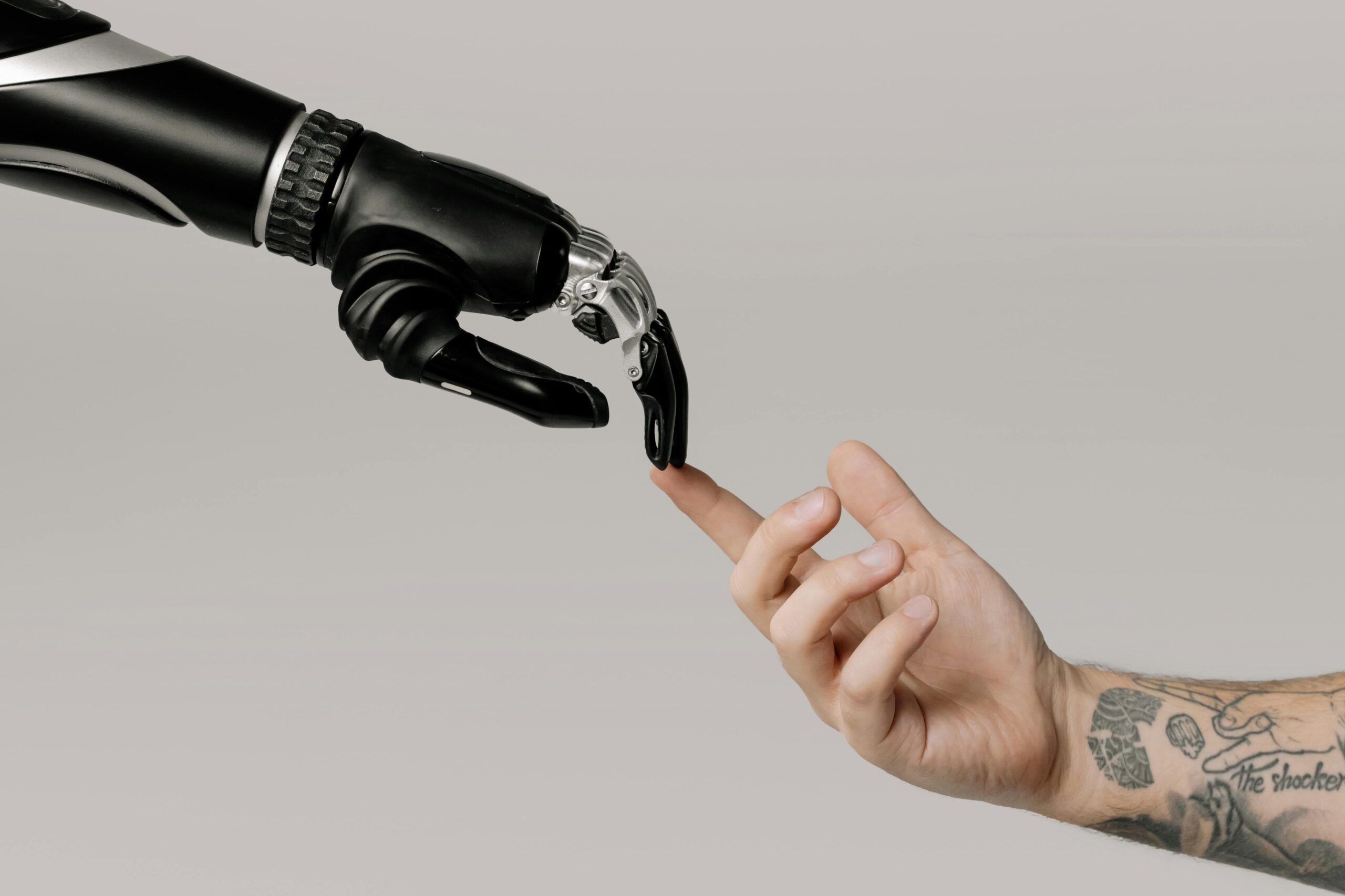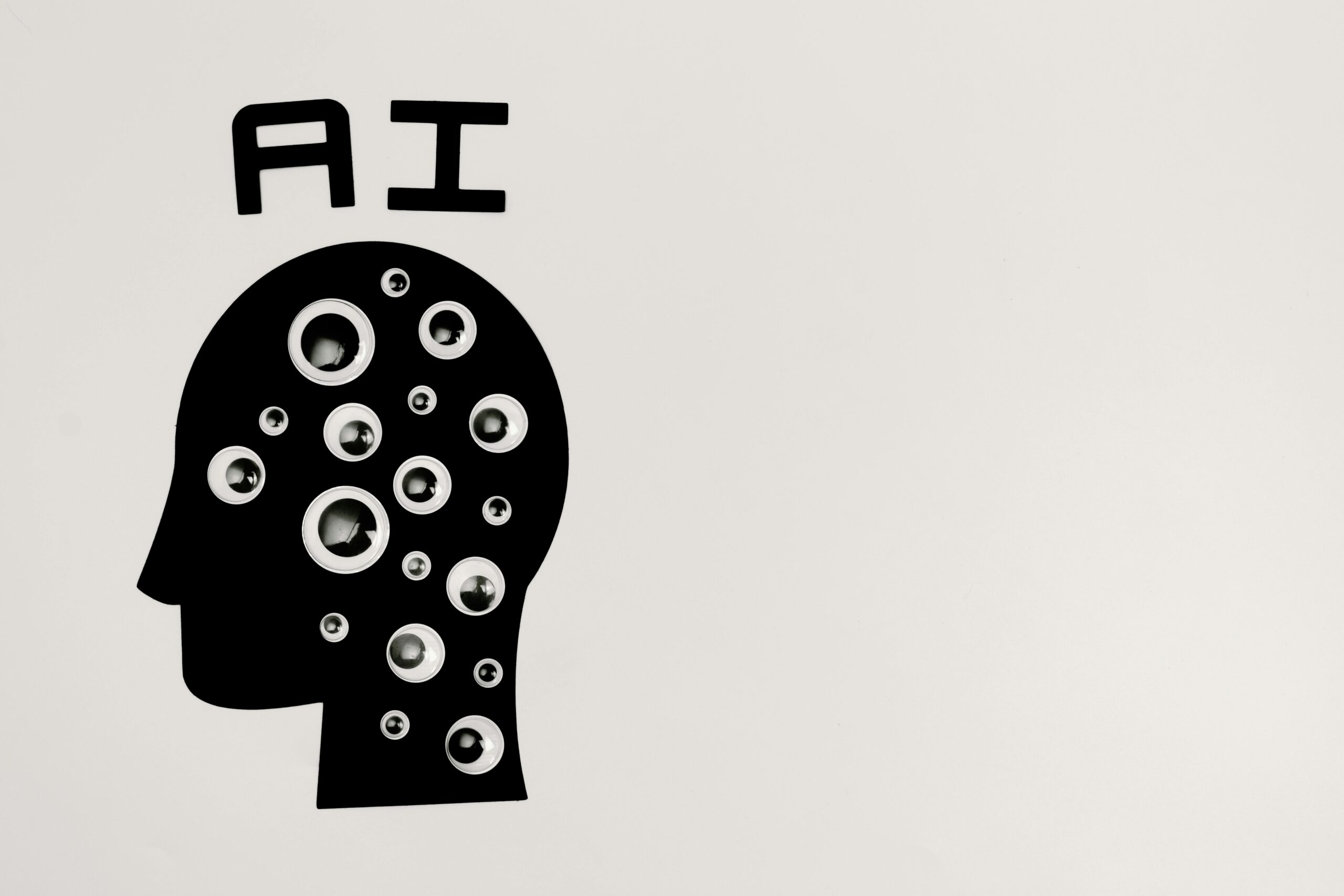The Problem
Patient triage determines how quickly someone receives care, yet the current approach in both the US and UK is under significant strain. The process relies heavily on human judgement, which introduces subjectivity, inconsistency, and vulnerability to bias. Even when using recognised tools such as the Emergency Severity Index or the Manchester Triage System, accuracy varies widely. Studies have recorded nurse-led triage performance as low as 56%, while some assessments under the Manchester Triage System have incorrectly categorised urgent cases as low priority. NHS 111, which was introduced to ease pressure on urgent and emergency care, has in some cases increased demand rather than reducing it.
The Impact
Delays caused by inaccurate or inconsistent triage lead to deterioration in patient condition, wasted clinical resources, and significant overcrowding in emergency departments. Research has linked 12-hour ED stays with measurable increases in patient harm. Overcrowding also raises the risk of medical errors, extends waiting times for time-sensitive treatments, and places additional strain on already limited staff capacity.
The financial implications are also substantial. Inefficient triage increases length of stay, escalates treatment costs, and can result in lost revenue when patients leave without being seen. Staff experience heightened workloads and stress levels, contributing to burnout and turnover, which further compounds capacity issues.
The Role of AI
Artificial intelligence is being deployed in a growing number of healthcare settings to address these pressures. Machine learning models can assess symptoms, patient histories, and risk factors with a level of consistency that is difficult to sustain in manual triage. Some deployments have reduced emergency department wait times by 30% and cut the median time to treatment for critical patients by nearly an hour. AI systems can also manage routine intake, prepare clinical notes, and route patients according to predefined care pathways, freeing staff to focus on complex cases.
Implementation Considerations
Effective adoption depends on careful integration into existing workflows. Linking AI tools with electronic health records ensures that patient data flows in both directions, supporting more informed assessments. Clear clinical protocols are needed to determine when AI-driven triage is appropriate and when direct human assessment should take priority. The technology must be trained on representative datasets and validated to meet regulatory and safety standards.
A Path Forward
Adoption does not have to be disruptive. Pilot programmes within a single department can generate measurable results before scaling more widely. Success should be judged on improvements in accuracy, reductions in waiting times, better staff utilisation, and enhanced patient outcomes. With pressures on urgent and emergency care continuing to rise, AI offers a practical and evidence-backed method to strengthen one of the most critical points in the patient journey.





